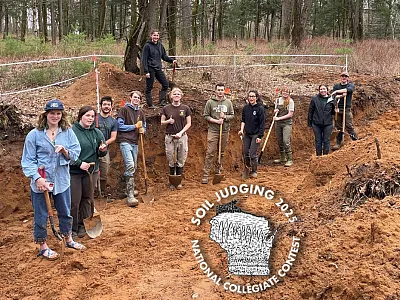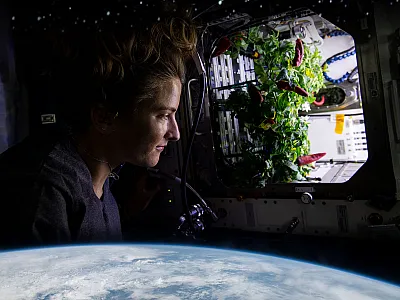Re-Thinking Our Communication Strategies in Agriculture

Nowadays, effective communication in agriculture is complex, and the increase in information on the internet and social media generates the need to increase resources to address this problem. Communication is essential to convey our message and showcase our research.
Alan Alda, an expert in communicating science, said, “communication does not take place because you tell somebody something. It occurs when you observe them closely and track their ability to
follow you.”
This quote is significant because we can talk for hours about our research and what we do in the field. However, if our audience does not understand our vocabulary and the explanation itself, we are not conveying our message successfully.
So, in this article, I will discuss some strategies to effectively communicate a message.
First, we have to ask ourselves, “who is my audience? Identifying the person on the other side is crucial for choosing the right words and level of complexity. How we communicate to students, professionals, scientists, or the general public will be different.
Once we have identified our audience, we can characterize them. We can think about their age, location, interests, previous knowledge, source of information they consume, type of content they prefer, and the social media they use. This will help us create a more appealing and attractive message for our target audience.
Next, we can define our language and tone of voice: formal or informal. We must consider the context of our message and the audience. If we are giving a lecture, the language should be formal, but if we are recording a video for our social media, the language could be less formal.
Finally, once we have answered the three previous points, we can think about which media and format are more strategic. If we decide to talk to professionals and scientists, papers are excellent to convey our message; when we speak to students, short videos could be most effective.
In summary, taking all these points into account to prepare our message will help us communicate and target our audience successfully.
Storytelling: The Success of Telling a Story
If we can convey an emotion when we are telling our story, it will help people to remember how we make them feel. Emotional connections aid with memory retention.
Storytelling is a marketing strategy that has been used for commercials and publicity. This marketing technique is very successful for three reasons. We remember the stories better because the events are organized and have a specific order, making them more memorable. Secondly, we remember things better when we can relate them to a previous experience or to what we already know. Quoting familiar situations will help people better understand what you are explaining. And lastly, if we can convey an emotion when we are telling our story, it will help people to remember how we make them feel. Emotional connections aid with memory retention.
But now, how can we create stories?
All stories have the same structure: introduction, climax, and outcome. In the introduction, we can present our topic, but more appealingly. We can create a question based on our problem or
hypothesis. In this way, our audience can connect with us through the question we present.
Finally, we can show our results, the climax of our story, and discuss the outcome of our research. In this stage, we engage our emotions and describe how our findings addressed our original question.
To conclude, to communicate effectively, we have to identify our audience, characterize them, and strategically define our language, tone of voice, media, and format. After this, we can create our story using the format of introduction, climax, and outcome.
There is always a story in your data, but do you know how to communicate it well?
This article is based on a presentation, with the same title as this article, given at the 2022 International Annual Meeting of ASA, CSSA, and SSSA. See https://bit.ly/3iyVU3G.
Members Forum is a place for ASA, CSSA, and SSSA members to share their opinions and perspectives on any issue relevant to our members. The views and opinions expressed in this column are not necessarily those of the publisher. Do you have a perspective on a particular issue that you’d like to share with fellow members? Submit it to our Members Forum section at news@sciencesocieties.org. Submissions should be 800 words or less and may be subject to review by our editors-in-chief.
Then, we can explain how we can try to answer the question, presenting here our methodology. As we know in science, everything is not perfect, so we can convey how we feel during the process of achieving our aim and moving towards the climax of our story.
Text © . The authors. CC BY-NC-ND 4.0. Except where otherwise noted, images are subject to copyright. Any reuse without express permission from the copyright owner is prohibited.













